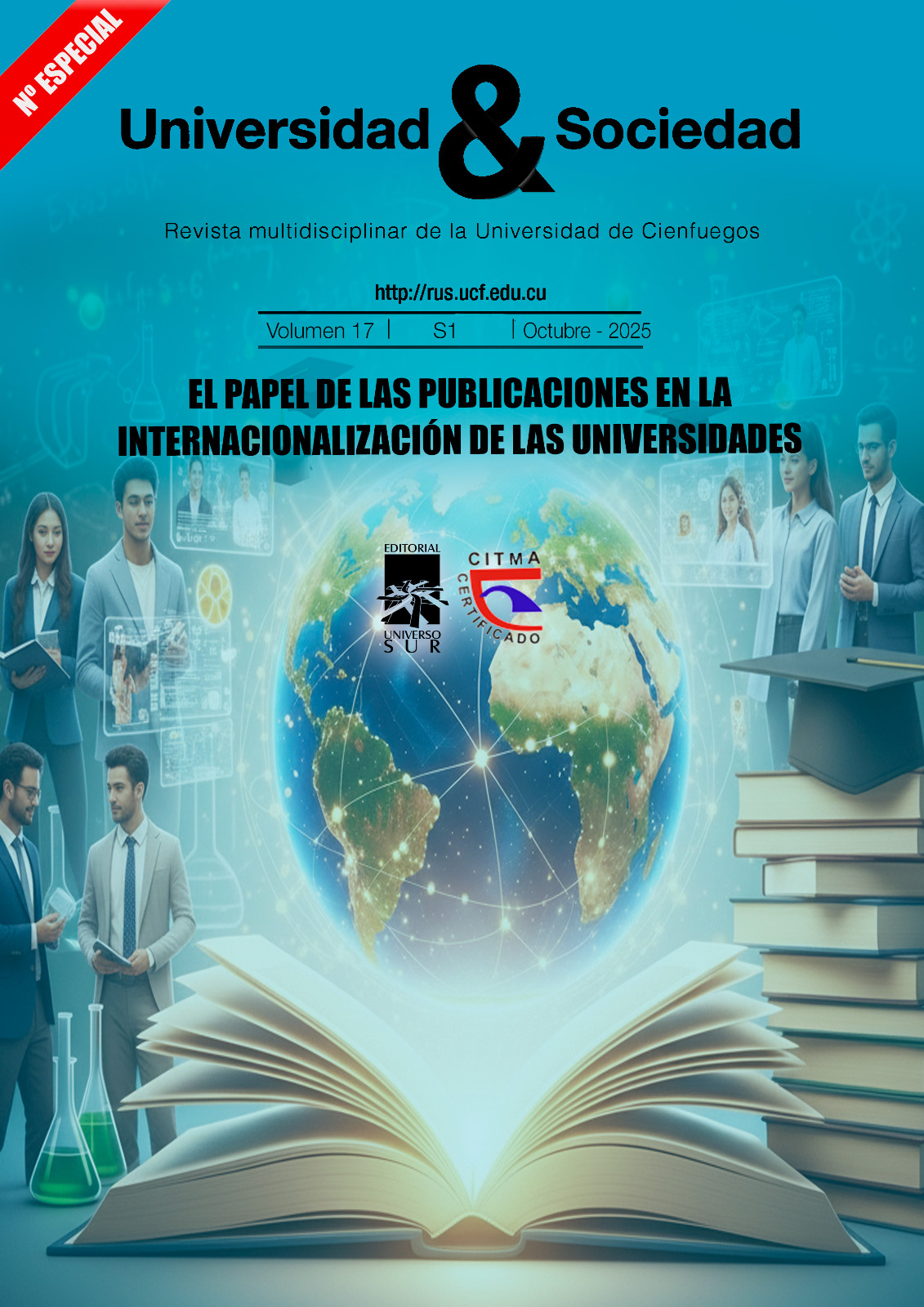Cognitive linguistics and metaphorical concepts: a cross-cultural comparative approach
Keywords:
Cognitive linguistics, Metaphorical concepts, Conceptual metaphor, Cross-cultural comparison, Cultural linguisticsAbstract
In recent decades, cognitive linguistics has emerged as a powerful framework for understanding how language reflects and shapes human thought. Central to this paradigm is the theory of conceptual metaphor, which suggests that metaphor is not merely a stylistic or decorative element of language, but rather a fundamental mechanism of cognition. This article explores metaphorical concepts through the lens of cognitive linguistics, emphasizing their embeddedness in cultural systems. By conducting a comparative analysis between English and Azerbaijani metaphorical structures, the study highlights both universal and culture-specific aspects of metaphor usage. For instance, while many languages conceptualize time as a path or journey, specific metaphors for emotional states, social roles, or moral values often differ significantly across cultures due to variations in historical experience, religious influence, and social norms. The article also discusses the implications of these metaphorical frameworks for intercultural communication, second language acquisition, and translation studies. Ultimately, the paper argues that metaphors serve not only as linguistic expressions but as cognitive tools that guide perception and interaction with the world, shaped by the unique worldview of each linguistic community.
Downloads
Published
How to Cite
Issue
Section
License
Copyright (c) 2025 Editorial "Universo Sur"

This work is licensed under a Creative Commons Attribution-NonCommercial-NoDerivatives 4.0 International License.
La editorial "Universo Sur", de la Universidad de Cienfuegos, publica el contenido de la Revista "Universidad y Sociedad" bajo una Licencia Creative Commons Atribución-NoComercial-SinDerivar 4.0 Internacional.
© Podrá reproducirse, de forma parcial o total, el contenido de esta publicación, siempre que se haga de forma literal y se mencione la fuente.










